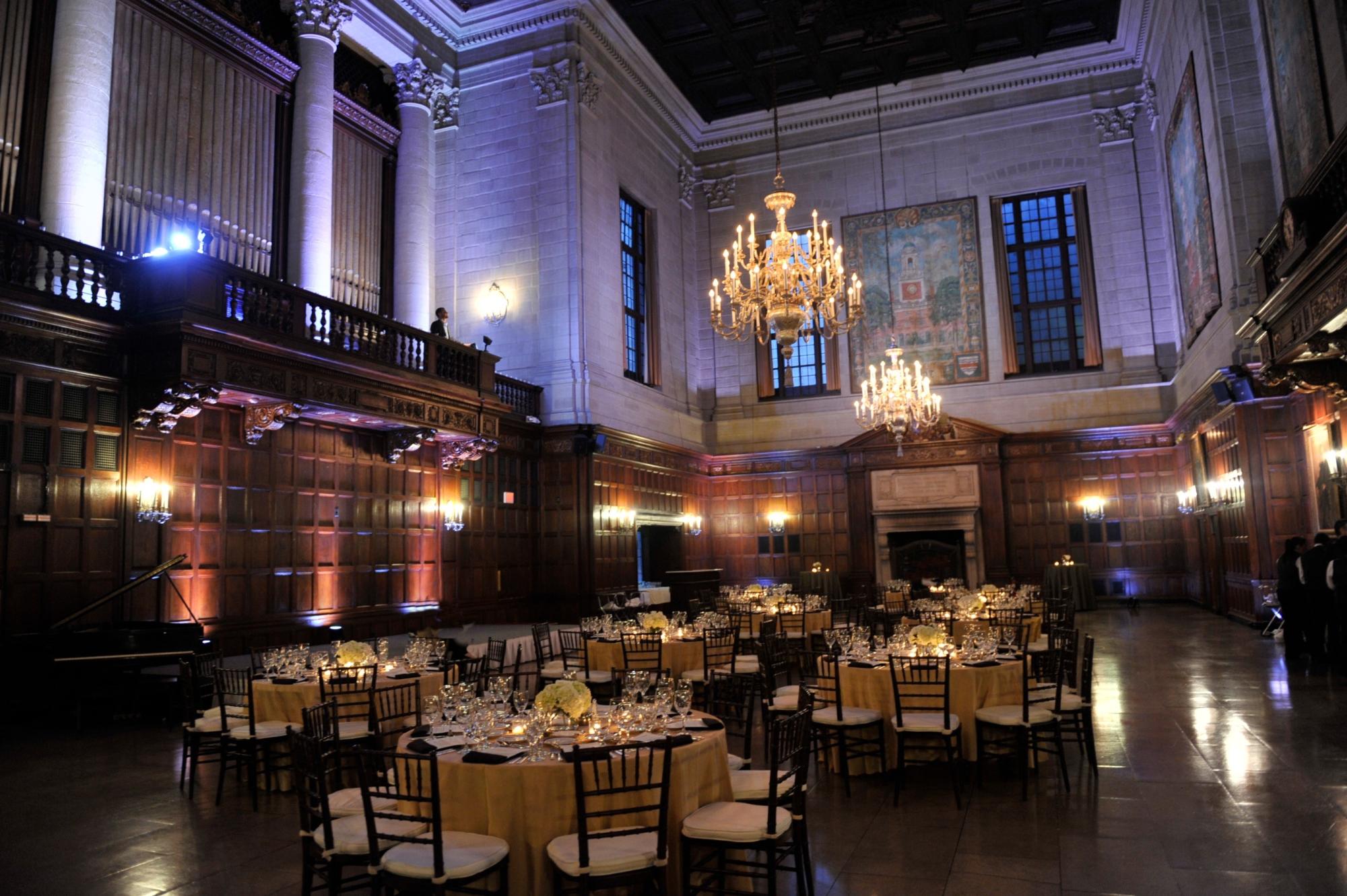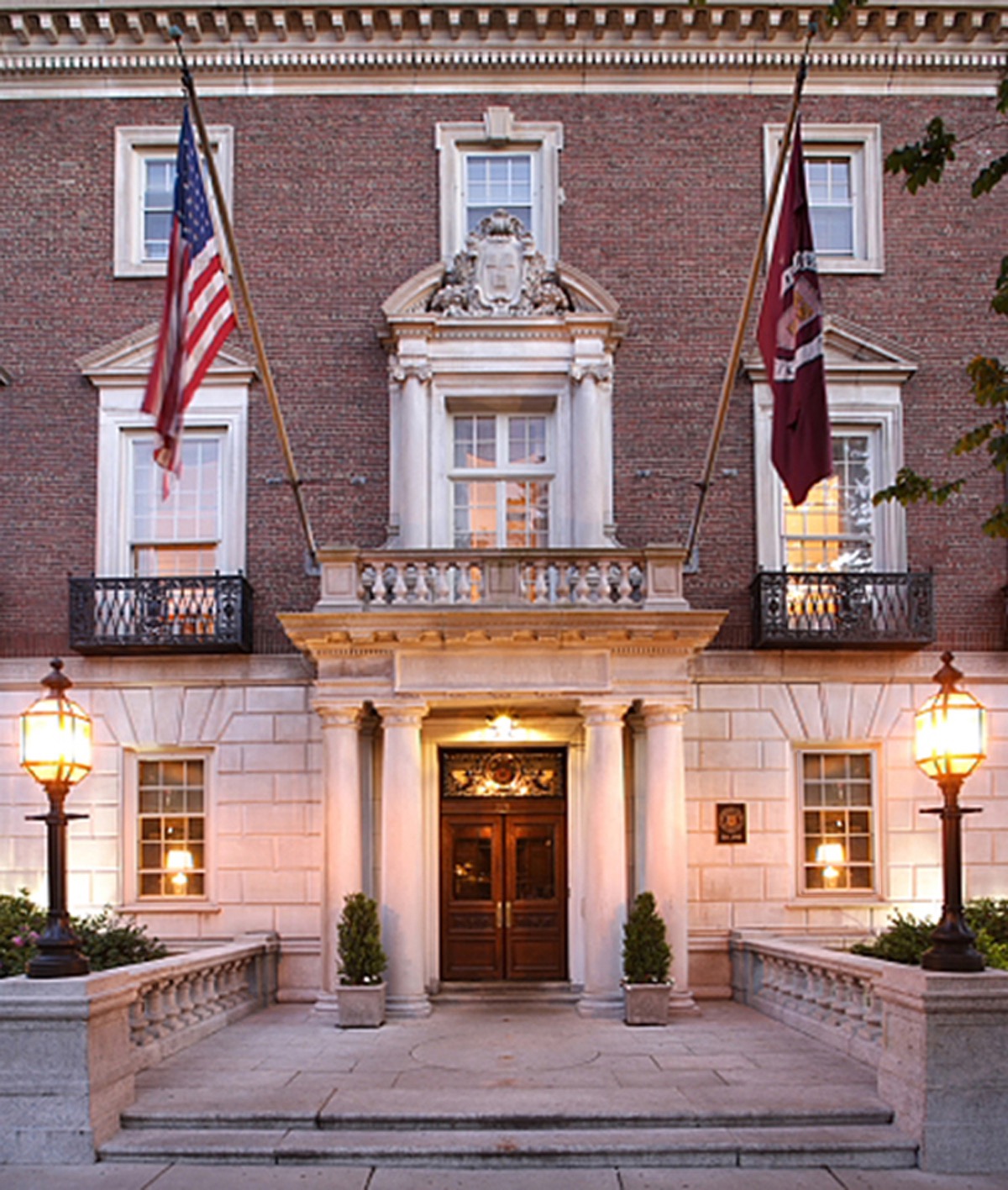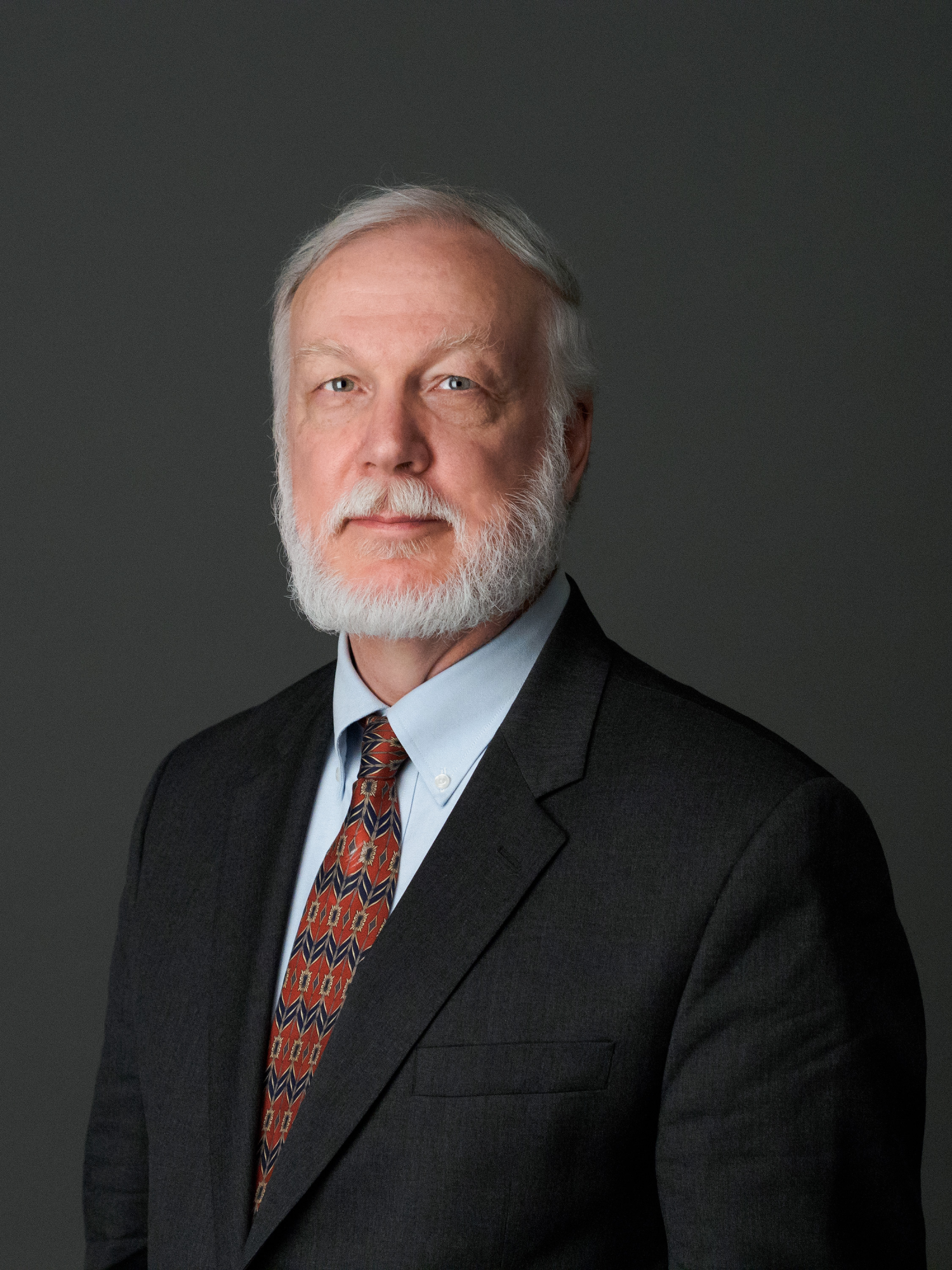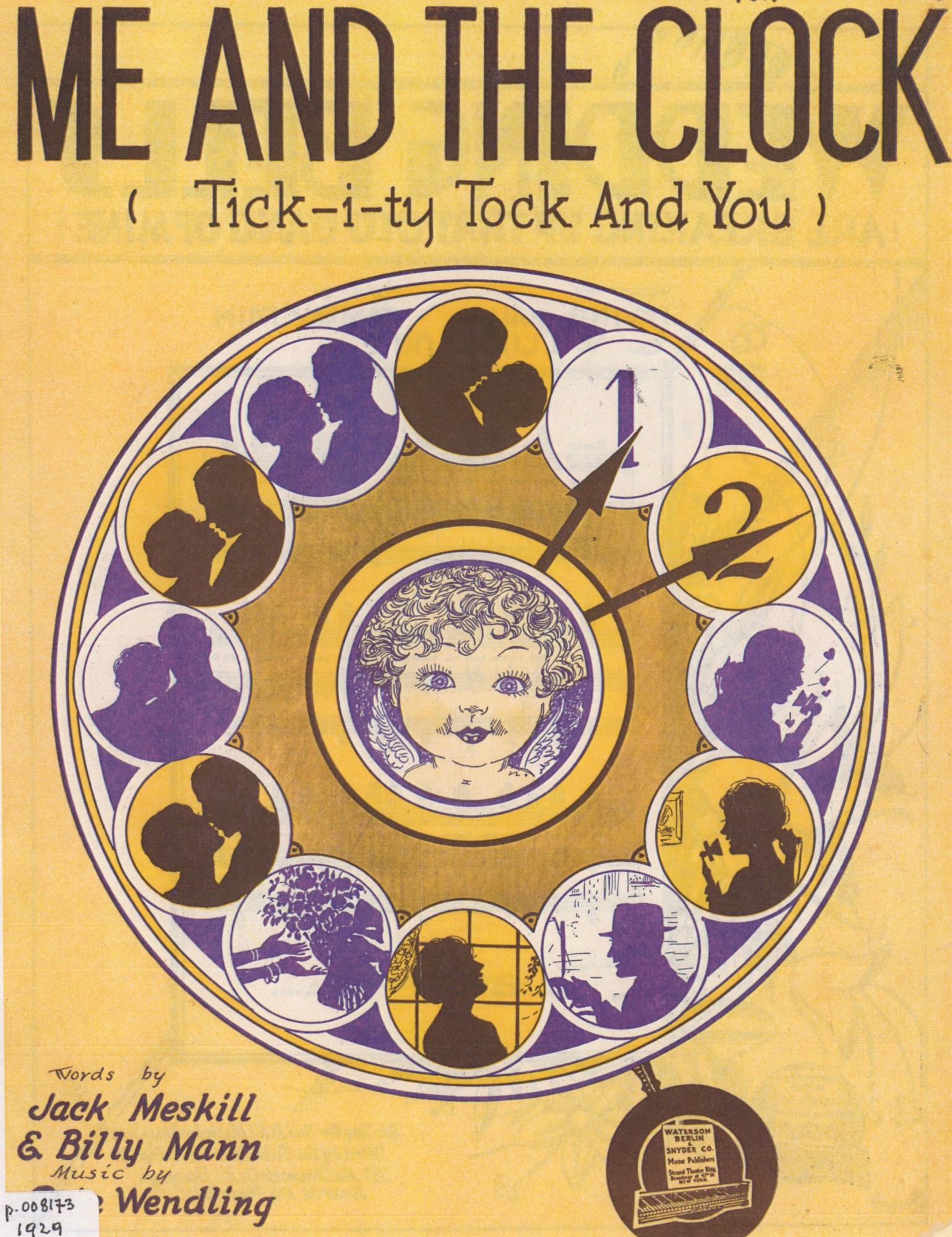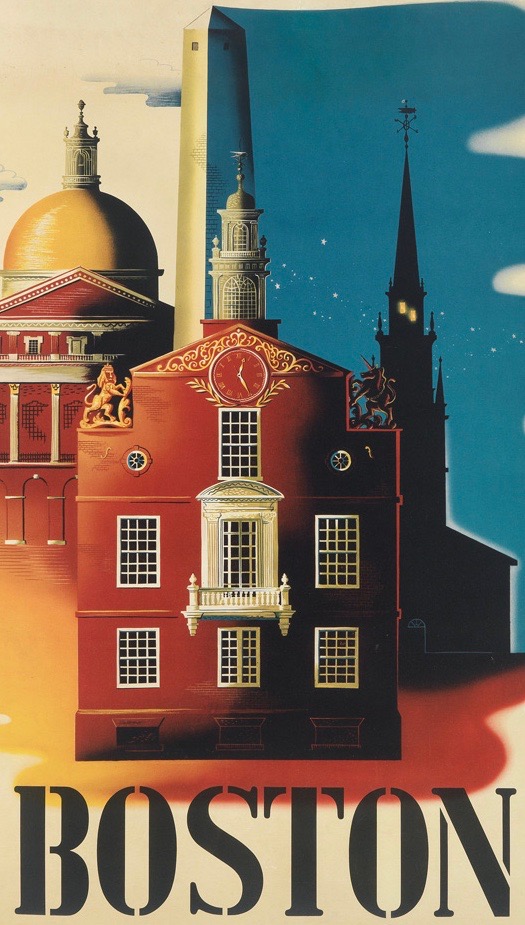History of the Harvard Club of Boston
As early as 1855, a Harvard Club of Boston was formed only to be dissolved two years later. Apparently the members were unable to decide whether it was intended to serve as a social club or as an intellectual club. In 1908, another group of Harvard Alumni again studied the issue of a Harvard Club of Boston and concluded it was “an inopportune time” to begin a club. However, at least three members of that group were in a mutinous frame of mind and on their railroad ride home that evening, made plans for a Harvard Club. Thus the idea surfaced once again - - - this time for keeps!
One month later, twenty-two men gathered and signed the articles of association and were the first members of the Harvard Club of Boston. They elected as their President, Major Henry L. Higginson, who brought to the venture his reputation for leadership in Boston society and cultural life, a deep interest in Harvard affairs and an extraordinary record of philanthropy – in fact, he was the founder of the Boston Symphony. Dues were five dollars a year and the group met in various locations throughout the city. The Club’s aim was summarized in a formal announcement promoting the new organization on the basis that it would serve “to give effective expression to the Harvard spirit”. This must have struck a common chord as a year later; the membership had grown to 1,200 members.
In 1911, with membership increasing, it was obvious the Harvard Club of Boston needed a permanent home. There were strong opinions on where the club should be located. A number of members favored the downtown area as most convenient; others held out for “mid-town” and supported the purchase of a lot where the Taj Hotel (formerly the Ritz Carlton) now stands or another location at the corner of Newbury and Dartmouth Streets. Finally, the lot at the corner of Massachusetts Avenue and Commonwealth Avenue was selected and work on the foundation began in the fall of 1912.
On November 12, 1913 the Harvard Club of Boston was formally dedicated in a ceremony held in Harvard Hall. Harvard President Abbot Lawrence Lowell lit the first fire in the great fireplace and said:
“A fire on the hearth signifies home and here is a home for all Harvard men. I hope that this fire will burn every winter evening and that it will burn for comfort and light”.
When the doors opened to the Harvard Club, a room with a bath cost two dollars per night, breakfast started at 20 cents and lunch and dinner were served at 65 cents each.
The early members of the club sought ways to serve not only the university but the Boston community as well. Scholarships of $200 each were established in 1909 for local high school graduates planning to attend Harvard. Suitably enough, James Bryant Conant, who would later become Harvard’s 23rd President, was among the first five recipients of a scholarship from the Harvard Club of Boston. From the modest beginnings of this program, the efforts and generosity of the club have enabled many hundreds of students to attend Harvard over the past 100 years.
With the building of eight squash courts in 1925, the Club’s long association with squash and fitness began and continues to be a vital part of Club life today.
In 1940, the question of regularly admitting women to the clubhouse, which had been under consideration for many years, came again to vote and passed – mind you this was not as members but as the spouse of a member. The “Ladies Annex” was clearly an idea whose time had come. The Harvard Club of Boston became fully co-ed allowing women to become members in 1971 when Harvard went coed.
In 1955, a dining room was made available at a restaurant in the Downtown area for the use of Harvard Club members. In 1976, a permanent Downtown Harvard Club was established. This gave members who worked in the Financial District a place to have breakfast and lunch and to host meetings. Located on the 38th Floor of One Federal Street, The Downtown Club provides spectactular views of both Boston Harbor and the Charles River and is renowned for the best seat in town for Boston’s Fourth of July Fireworks.
One constant thread of Club life over the years has been the list of dignitaries who visited the club. Eleanor Roosevelt, Robert Frost, Henry Kissinger, William Taft, John Foster Dulles, Walter Lippman, Julia Child, Senator Edward Kennedy and President Gerald Ford to name just a few – along with so many notable members who were or became famous writers, political figures and business leaders.
The Harvard Club of Boston has long been a haven of warmth and privacy as well as activity and camaraderie for its members and their guests all while maintaining the prestige that is Harvard. Today the Harvard Club of Boston is well known to its members for special monthly and annual events including amazing holiday buffets, children’s Halloween and Christmas Parties, Wine Dinners, Lectures, outings to Bruins, Celtics and Red Sox games and so much more.
Members of the Harvard Club of Boston benefit from the use of two beautiful clubhouses within the City of Boston and also a worldwide reciprocal club network.
Though times have changed, the Club’s original mission is as viable today as it was in 1908 – “to encourage the social, intellectual and athletic interests of its members, to promote the welfare of Harvard University, assist worthy students with financial aid and foster the Harvard spirit in all Harvard men and women”.
